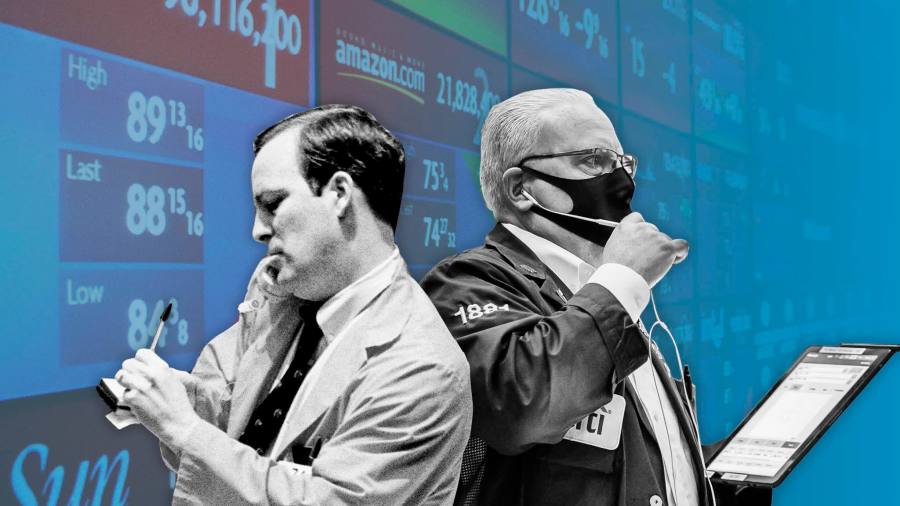The writer is chief executive officer and chief investment officer of Richard Bernstein Advisors
A prime rule of investing is that return on investment is highest when capital is scarce. In other words, one should want to be the sole banker in a town with 1,000 borrowers. Supply and demand of capital ultimately determines investors’ returns.
Historic US monetary growth has generated tremendous liquidity of capital in the financial system. Given long-term rates are not much higher than the short-term rates at which banks usually borrow money, there have been weaker incentives to lend.
That has trapped liquidity within the financial markets, leading to a series of bubbles. These feed on hype and there are accordingly many exciting investment stories focusing on future economic trends.
Investors, however, must objectively analyse these wondrous themes because history shows valuation, and not stories, ultimately determines investment returns.
Innovation and disruption are cornerstones of capitalism, yet many investors ironically treat these themes as being, well, innovative.
Individual investors are not alone when it comes to forming potentially overly enthusiastic expected returns. Institutional investors continue to increase allocations to venture capital funds and have even been lured into the cryptocurrency craze.
Investors seem to have forgotten the lessons of the technology bubble. Lofty valuations, like those for stocks associated with today’s innovation, disruption and technology themes, can significantly hurt returns even if the economic themes do come true.
There were many stories during the technology bubble regarding new internet-linked breakthroughs potentially changing the economy. Much of the bubble’s buzz on the actual technology did come true. But technology was nonetheless the worst-performing S&P 500 sector during the next decade.
The S&P 500 delivered a negative return of 9 per cent during the so-called “lost decade” to December 31 2009. The hyped technology and telecom sectors, though, both lost more than 50 per cent in the decade. If one bought the Nasdaq Index in December 1999, it took nearly 14 years for one to break even despite the widespread adoption of internet technologies and of cellular communication.
Bubbles damage economies because the financial markets grossly misallocate capital. Too much capital flows to a small set of bubble assets, but the remainder of the economy becomes relatively starved for capital. Companies in bubble sectors over-invest while those in the broader economy underinvest.
However, the capital starvation to non-bubble companies presents investors with extraordinarily large opportunities. They can be the banker in a town with 1,000 borrowers.
Again, one can use the technology bubble as an example. It exacerbated the prohibitively high cost of capital within the energy sector but those willing to invest in it reaped the rewards. The energy sector appreciated nearly 150 per cent during the lost decade to 2009 and outperformed technology stocks by 200 percentage points.
The compounding of dividends is a critical component in building long-term wealth, but dividends are rarely an investor focus during a bubble because investors prize long-term growth over income. The S&P 500 Dividend Aristocrat Index underperformed the technology sector by more than 400 percentage points from 1995 to 1999, but outperformed by more than 130 percentage points during the subsequent decade.
There are numerous examples how today’s bubbles are grossly misallocating capital within the economy. Something seems terribly wrong when growth investors are excited about private-sector space exploration while there are historic shipping and transportation bottlenecks here on earth. Buying green peppers through an app is considered technology, but building a fighter plane is not.
Sector performance over the past several years reflects these distorted priorities and the misallocation of capital. Since the end of 2018, only three of the 11 global sectors have outperformed the MSCI All Country World Index: technology, communication services and consumer discretionary. Such narrow performance suggests exciting investment opportunities abound, just not in those sectors.


























